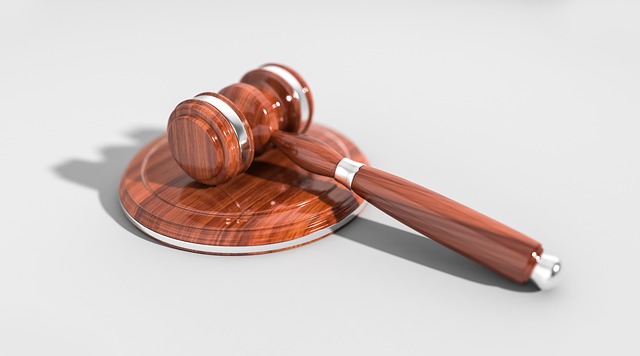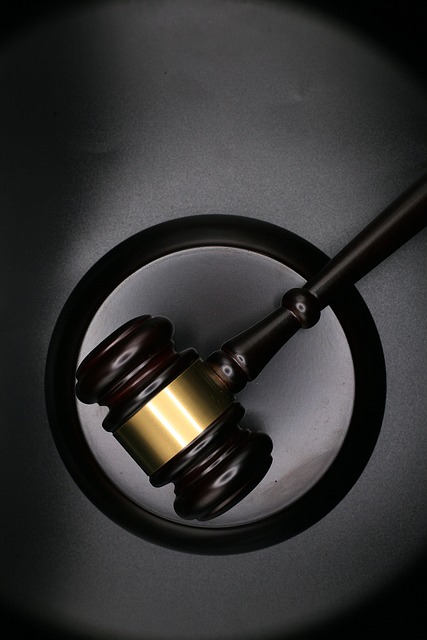Personal injury evidence, including medical records, witness accounts, expert opinions, surveillance footage, and physical injuries, is vital in legal cases. In elder law or nursing home abuse cases, documenting neglect is key. Experts interpret complex data, aiding in liability determination and compensation for victims. Their strategies involve analyzing medical severity, reconstructing incidents, appraising economic losses, and navigating legal precedents. Compelling personal injury evidence presentation, through organized records, expert testimony, and visual aids, is crucial for achieving just outcomes in court, especially in auto accident cases.
Personal injury cases hinge on robust analysis of compelling evidence. Experts play a pivotal role in navigating this process, utilizing their specialized knowledge to interpret complex data. This article unravels the strategies employed by experts to dissect personal injury evidence, from understanding its types and significance to presenting a compelling case in court. Discover effective techniques that advocate for justice and ensure every detail matters in personal injury litigation.
- Understanding Personal Injury Evidence: Types and Significance
- The Expert's Role: Strategies for Analyzing Evidence
- Presenting a Compelling Case: Effective Techniques for Courtroom Advocacy
Understanding Personal Injury Evidence: Types and Significance

Personal injury evidence is a crucial aspect of any legal case involving physical harm and loss. It encompasses a wide range of components that can significantly impact the outcome of a trial. From medical records to witness testimonies, each piece of evidence plays a vital role in reconstructing the incident and determining liability. Understanding these types of evidence is essential for both plaintiffs and defendants alike.
In personal injury cases, various forms of evidence are presented, such as physical injuries, expert opinions, surveillance footage, and eyewitness accounts. For instance, in elder law or nursing home abuse cases, documenting physical signs of neglect or mistreatment is critical. An accident lawyer might rely on medical experts to interpret complex medical reports, helping the court understand the extent of a client’s injuries and their long-term effects. This comprehensive approach ensures that justice is served and that victims receive fair compensation for their suffering.
The Expert's Role: Strategies for Analyzing Evidence

In a personal injury case, experts play a pivotal role in analyzing and presenting evidence to the court. Their primary responsibility is to interpret complex medical, forensic, and financial data, transforming it into comprehensible information that aids in determining liability and damages. These professionals are often engaged by either party—plaintiff or defendant—to ensure a thorough and unbiased assessment of the evidence.
When analyzing personal injury evidence, experts employ various strategies. This includes meticulously reviewing medical records to assess the extent of injuries, reconstructing incidents through physical evidence and witness testimonies, and valuing economic losses such as medical bills, lost wages, and future care needs. In cases involving partnership disagreements or elder law issues, where a breach of fiduciary duty might be in play, experts can delve into contractual agreements, financial records, and legal precedents to provide insights crucial for resolving disputes fairly and justly.
Presenting a Compelling Case: Effective Techniques for Courtroom Advocacy

A compelling case in personal injury claims relies heavily on how evidence is presented in court. Experts, often auto accident lawyers, employ strategic techniques to ensure every detail of the client’s recovery journey is accurately depicted. This involves meticulously organizing and interpreting medical records, police reports, witness statements, and any other relevant personal injury evidence.
An auto accident lawyer understands that the courtroom is a unique environment where storytelling becomes crucial. They must effectively communicate the severity of auto accident injuries, their impact on the client’s life, and the need for just compensation. This may involve using visual aids, expert testimony, or detailed demonstrations to help the judge or jury understand the client’s experiences and challenges, ultimately advocating for a fair outcome and enhancing the client’s recovery prospects.
Personal injury cases heavily rely on the presentation and analysis of compelling evidence, making understanding how experts navigate this process crucial. By employing strategic methods, professionals can effectively interpret various types of personal injury evidence, ultimately fostering robust courtroom advocacy. This comprehensive approach ensures that every detail contributes to a clear narrative, aiding in reaching just outcomes for all parties involved.






